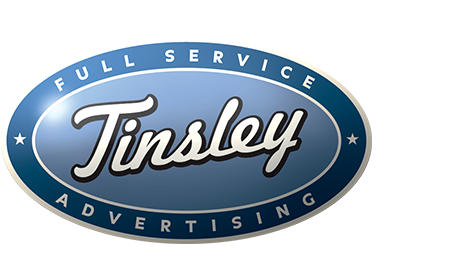October 19, 2011
In
Tinsley Blog
by Dorn Martell
New Zealand 3011 – A team of archeologists were examining the remains of a village from the 21st century and came across an artifact that was quite puzzling. It was a well-preserved ceramic mug with a strange drawing of a baby monkey going backwards on a pig. Was it a Hindu religious icon? A depiction of the Chinese lunar calendar or was it the most misunderstood phenomenon of the digital age – The Meme.
A Meme is a cultural item that is transmitted by repetition in a manner analogous to the biological transmission of genes. And like genes they mutate over time. To understand this meme we call Baby Monkey, we must first explore its provenance.
A video of a tiny monkey riding backward on a small pig was shot somewhere in Asia with a hand-held consumer video camera. That video was posted on YouTube and received hundreds of thousands of views. It was then “discovered” by punk rock band Nerf Herder’s front man Parry Gripp. Parry scored it with the lyric “Baby monkey going backwards on a pig” and it went viral all over the world.
But it didn’t end there. You see, memes are more than just peer-to-peer sharing, they inspire parody, mutations and millions of people who want to be a part of it. In fact there are countless variations of this video on YouTube featuring re-mixes, dubsteps, reenactments and bad photoshop jokes. It has even spun-off into an iPhone app. But the only mutation that will last into the future is the ceramic mugs created by Tinsley Advertising’s Associate Creative Director Rick Blitman (Rick’s Bad Art). The mug, unlike the fad, will not fade or decay. But when a future viewer sees it, will it make any sense at all? It’s impossible to tell.
There is a distinct possibility that some memes will become part of our cultural vernacular the same way that archaic terms from our past like, “Three sheets to the wind”. (a term for being drunk – derived from the erratic behavior of a sailing ship with mis-aligned sails).
But will things like “Antoine Dodson“, “Charley the Unicorn“ or “Nyan Cat“ evolve into an enduring part of our collective consciousness? Or will the original meaning be lost and the reference survive like, “freezing the balls off a Brass Monkey” (originally refering to a “Brass Monkey”-a device that held cannon balls that would fail in cold weather.)
New memes are being spawned every day and new parodies and mutations will continue. To be relevant, when communicating with a new generation of digital natives, we must be aware of the power of memes, the challenge of context and the fact that really silly stuff will always get more attention than overt sales pitches.

